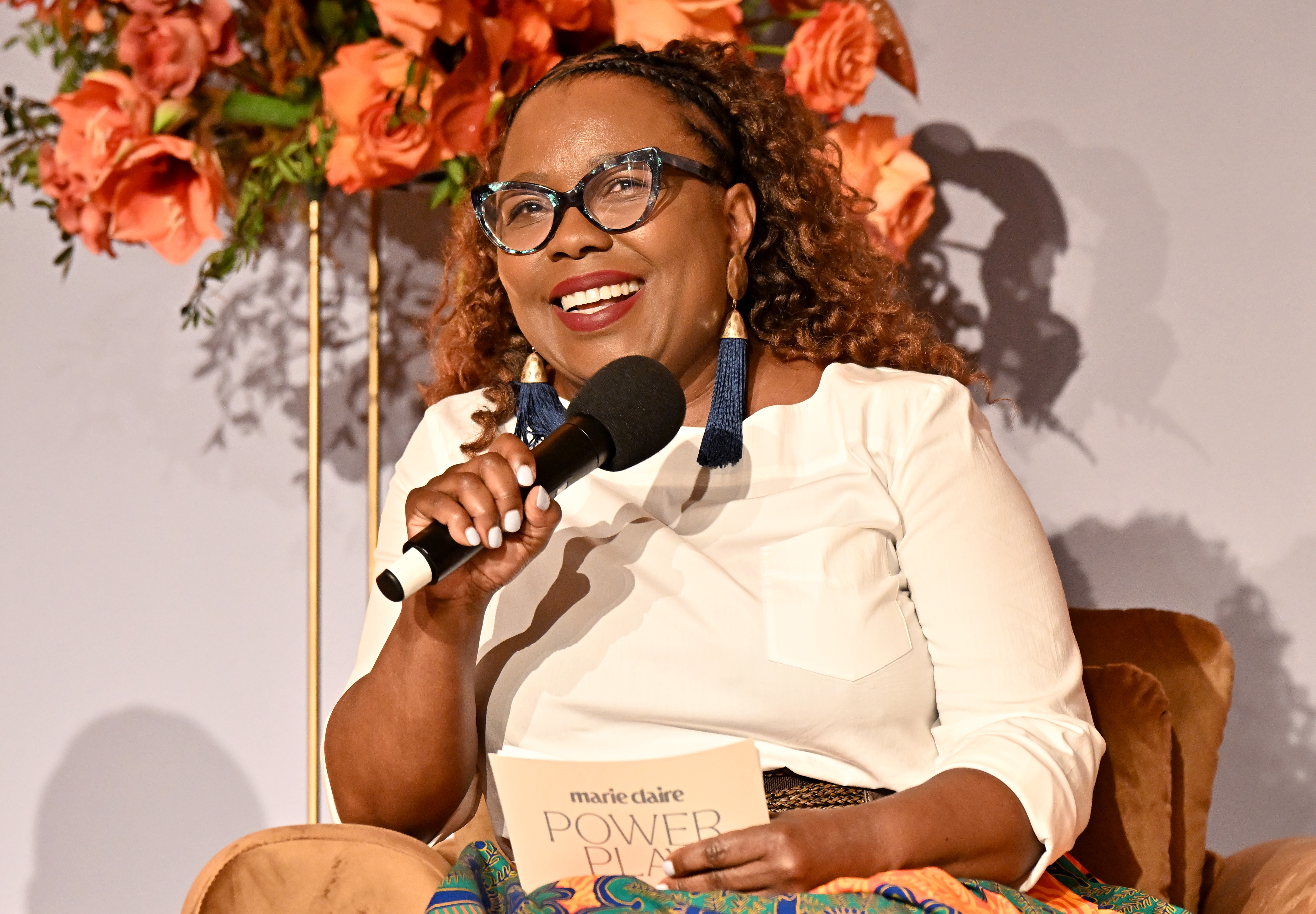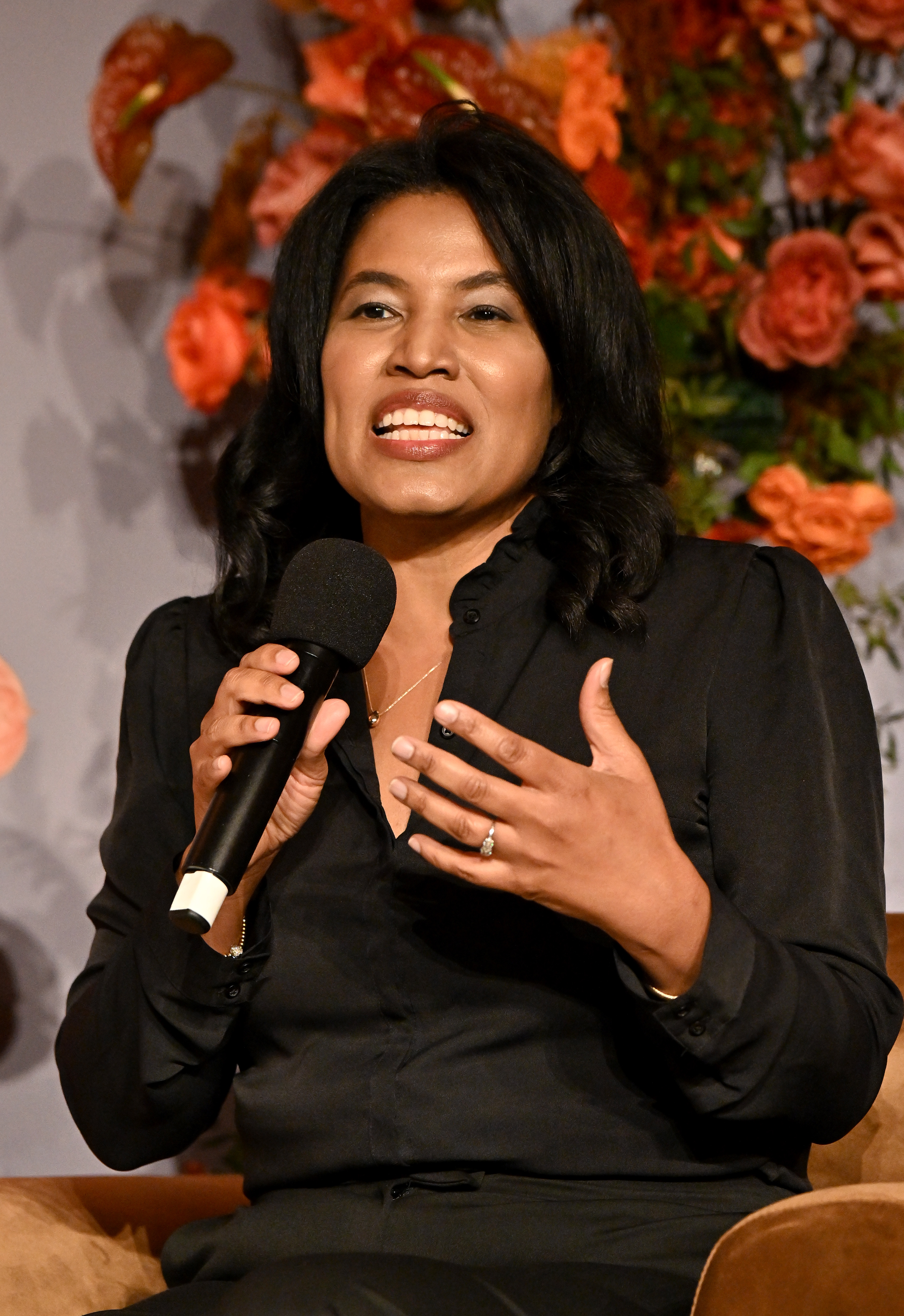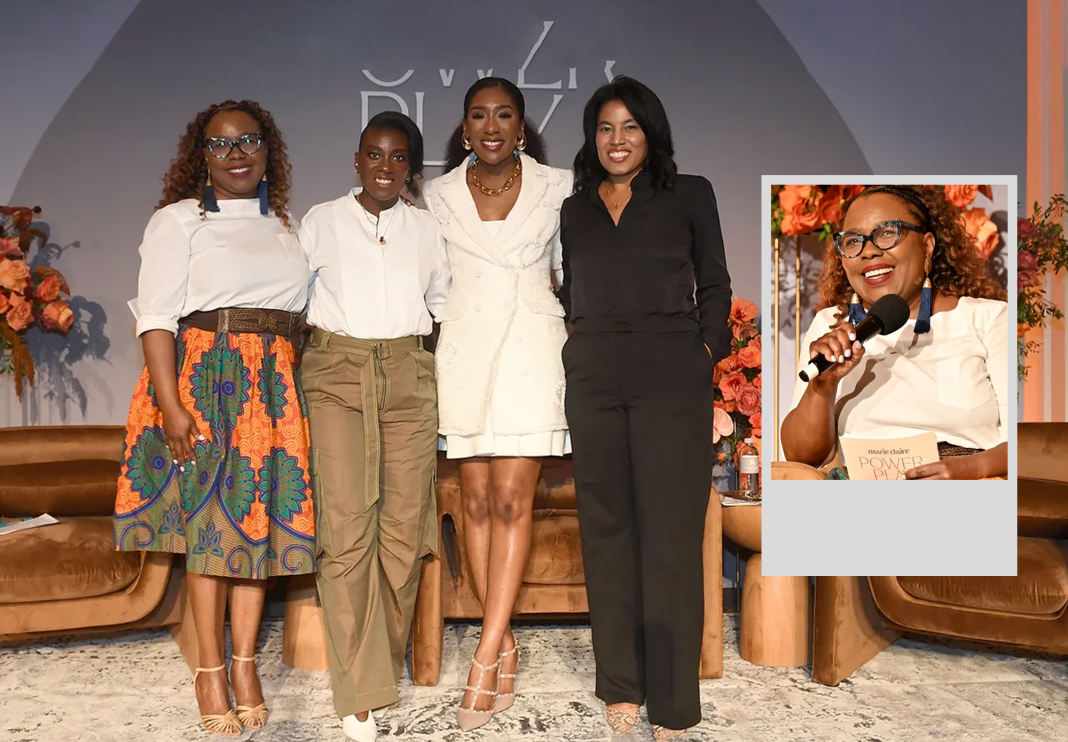In a world where skincare routines rival tech setups and beauty trends are set at the speed of a TikTok scroll, one question remains: How do brands truly stand out? At the 2025 Marie Claire Power Play Summit, held at the elegant St. Regis Atlanta and presented by Clinique, this question was at the heart of a powerhouse panel titled “The Business of Beauty: How Science-Driven Innovation Drives Growth and Success.” Featuring a trio of trailblazing professionals—chemist and educator Dr. Leyte Winfield, dermatologists Dr. Uchenna Okereke and Dr. Heather Woolery-Lloyd—the conversation unpacked how data, research, and cultural awareness are redefining beauty.
Innovation meets expectation
Moderator Nikki Ogunnaike, Editor-in-Chief of Marie Claire, opened the discussion by asking the panelists how beauty brands can rise above the noise in a saturated market. The answer? Embrace technology and listen to a new wave of highly educated consumers.
“What I think brands are doing to keep up is really utilizing AI to make sure we provide consumers with products tailored to their skincare needs,” said Dr. Okereke. “It’s not one-size-fits-all anymore.” Artificial intelligence is now being used to personalize everything from product recommendations to formulation strategies—an important shift in an industry where individual results matter more than marketing fluff.
Dr. Winfield, Director of the Cosmetic Science Program at Spelman College, agreed, emphasizing the new level of transparency consumers demand. “The younger generations are not hooked on catchphrases. They want clear claims, clear usage instructions, and a scientific basis for compatibility with their skin types.”
Clinique’s quiet legacy
While new technologies dazzle, the panel also spotlighted enduring innovation—namely, Clinique’s decades-long commitment to research-backed skincare. “Clinique has been quietly doing their thing since 1968,” Dr. Winfield noted. “We often overlook that behind these products are Ph.D. scientists whose entire careers are dedicated to development and efficacy.”
Dr. Woolery-Lloyd recalled a landmark moment in her own practice when Clinique launched the Even Better Dark Spot Corrector—now known as Even Better Clinical™ Dark Spot Clearing Serum. “It was groundbreaking,” she said. “Twenty years ago, treating pigmentary disorders was incredibly difficult. This product changed that by providing a mainstream solution to a complex issue.”
For these professionals, Clinique’s success lies not in chasing trends, but in consistently investing in science, innovation, and consumer education. “They’re staying nimble,” Dr. Okereke added. “They understand that today’s consumer wants transparency and accessibility—and they’re meeting that demand.”
Beauty in the age of TikTok
But the playing field has changed. Brands today aren’t just battling each other in the aisles—they’re navigating the chaotic, algorithm-driven world of social media. TikTok trends, Instagram tutorials, and Reddit threads can make or break a launch in hours. And while that puts pressure on brands, it also holds them accountable.
“Skincare education online has become one of the most significant innovations in the field,” said Dr. Woolery-Lloyd. “Fifteen years ago, you could make claims without much data. Now, consumers are doing their homework. They’re skeptical, informed, and vocal.”
This digital-first mindset extends to formulation. As Dr. Winfield pointed out, many consumers now ask about ingredients by name and understand how they interact with their specific skin conditions. The science has moved out of the lab and into the group chat.
The rise of “Skinification”
One of the most exciting shifts in the industry is the fusion of skincare with makeup—what the panelists called the “skinification” of beauty products. Think SPF-infused foundations or lipsticks enriched with antioxidants.
“I love products that do double duty,” said Dr. Woolery-Lloyd. “Things like niacinamide or vitamin C in makeup aren’t just trends—they’re innovations that simplify routines and make skincare more accessible.”

She also championed peptides, SPF, and vitamins C and E as essentials in any regimen, not just for skincare but also embedded within makeup formulations. These hybrid products reflect a growing consumer desire for both beauty and function, style and substance.
Looking forward: Diversity, sustainability, and science
The conversation ended on a powerful note as Dr. Winfield addressed the future of cosmetic science—and the responsibility the next generation holds. “We need to push beyond Eurocentric standards of beauty,” she stated. “There’s still so much room for innovation at the intersections of race, gender, culture, and science.” She also emphasized the environmental impact of constant new product launches. “What’s happening to the old products? Are we just creating more waste? There’s opportunity here to innovate through sustainability—converting waste into new chemical compounds, exploring renewable practices, and challenging ourselves to think more holistically.”
The future of beauty is not built on fleeting trends but on rigorous science, thoughtful innovation, and an unwavering commitment to diversity and education. As this insightful panel made clear, brands that succeed are those that embrace change, invest in research, and listen closely to an increasingly informed and empowered consumer base. In the business of beauty, knowledge is power—and science is having its moment in the spotlight.



